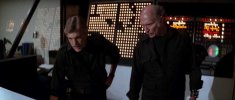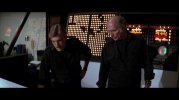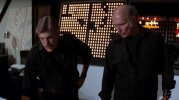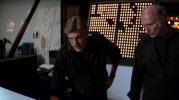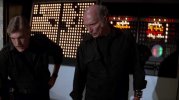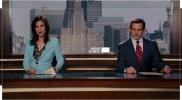im NEW to anystream. currently running on a trial to see if its something I want to use.
so far it looks like i'll be buying a license, BUT i have question.
i downloaded a few titles from amazon and netflix to test how the movies will play in my plex. on my plex via xbox im getting black bars at the top and bottom.. is this normal? is it something im seeing due to being in a trial?
ideally id like to not have the black bars.. same titles when viewed via those providers does not do that. i ran them thru handbrake, still there.
looking for a little education.
so far it looks like i'll be buying a license, BUT i have question.
i downloaded a few titles from amazon and netflix to test how the movies will play in my plex. on my plex via xbox im getting black bars at the top and bottom.. is this normal? is it something im seeing due to being in a trial?
ideally id like to not have the black bars.. same titles when viewed via those providers does not do that. i ran them thru handbrake, still there.
looking for a little education.

